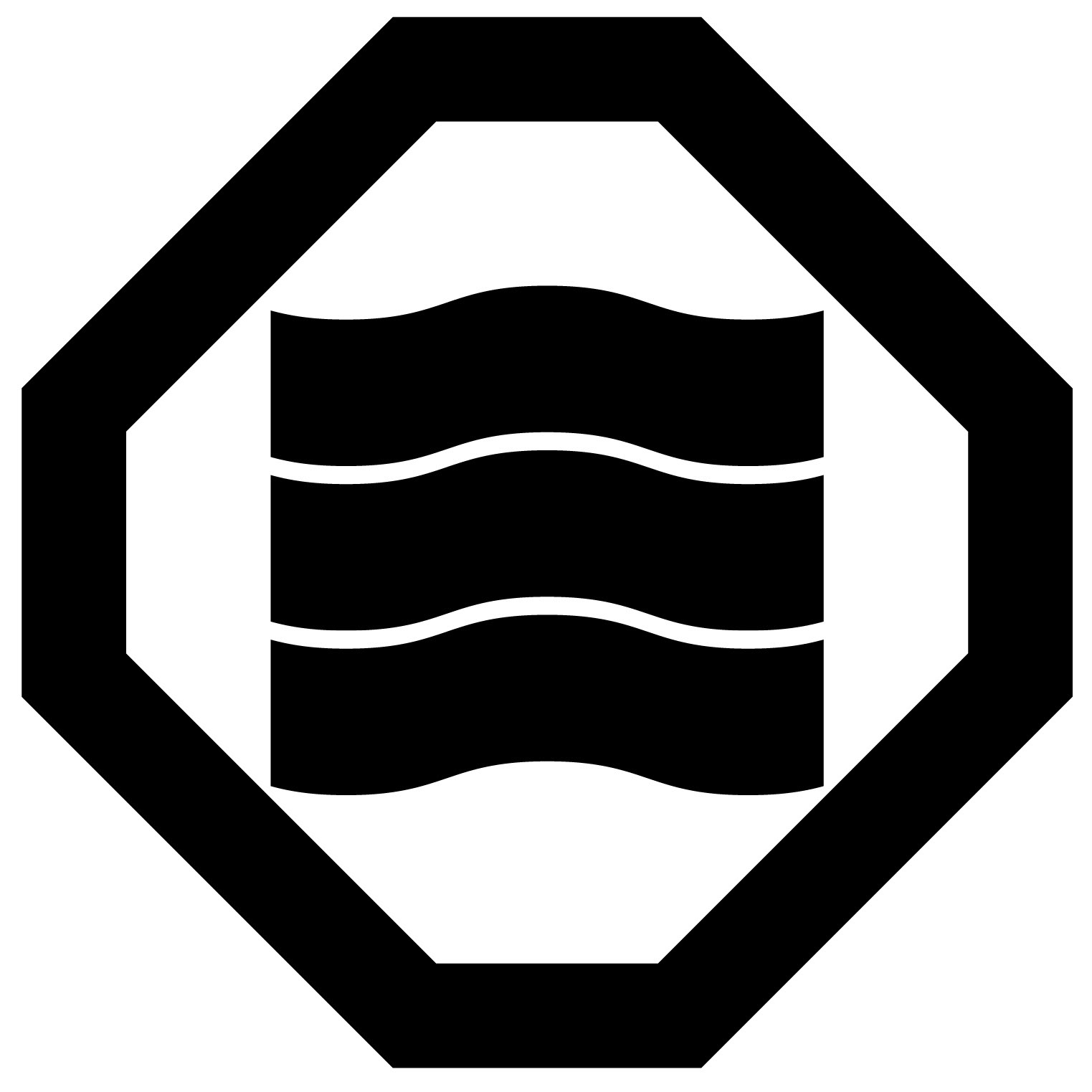Centrosomes are organelles found in eukaryotic cells and organise microtubules, filaments made of particular types of proteins called tubulins. For instance, organising microtubules is important during cell division because microtubules radiating from centrosomes equally divide duplicated chromosomes into two dividing cells. If this process fails, cells can lose genetic information, which can cause cancer.
In addition to this, centrosomes are important for generating cilia. Cilia are present in almost all types of cells in our body and play a role like antennas in cells. These cilia do not move and present one per cell. The other type of cilia is called motile cilia. They are present on more than one surface of the airway, part of the brain, and male and female reproduction systems and generate fluid flow; for instance, they exclude mucus from the airway. The sperm tail is also a type of the motile cilium.
So, how can the centrosome be another organelle cilium?
To understand this, we need to look at the architecture of the centrosome. The centrosome is probably the largest protein assembly found in many eukaryotic cells. Proteomic analysis of the organelle identified >100 different proteins that contribute to building the assembly. The core part of the centrosome is called the centriole. This part is essential for generating a cilium/flagellum (in technical terms, ciliogenesis) because it is the basis of the cilium. The main component of the centriole is 9 copies of three/two microtubule blades in most organisms. They align in parallel and make a characteristic beautiful 9-fold rotational symmetry. In cells, centrioles, which normally exist in the cytoplasm, are delivered to the cell membrane and then extend their microtubule blades further to generate cilia. It is slightly confusing, but the centriole at the basis of the cilium is called the basal body. The centriole and basal body are essentially the same thing.
Since the centriole / basal body is a highly structured organelle essential for ciliogenesis, its structure defects can cause abnormal body development due to abnormal cilia function. Such abnormal development includes microcephaly (small brain), situs inversus (abnormal body asymmetricity) and hearing and vision loss. Just one mutation in a gene related to the centriole / basal body can be enough to cause the disease. Understanding disease-causing mechanisms is crucial for tackling such difficult diseases. Therefore, we need to understand how the centriole / basal body is assembled and how exactly proteins (gene products) contribute to the assembly process of the organelle.
To resolve this issue, my group currently focuses on determining the structure of the centriole / basal body using structural biology techniques, biochemistry, and cell biology.




